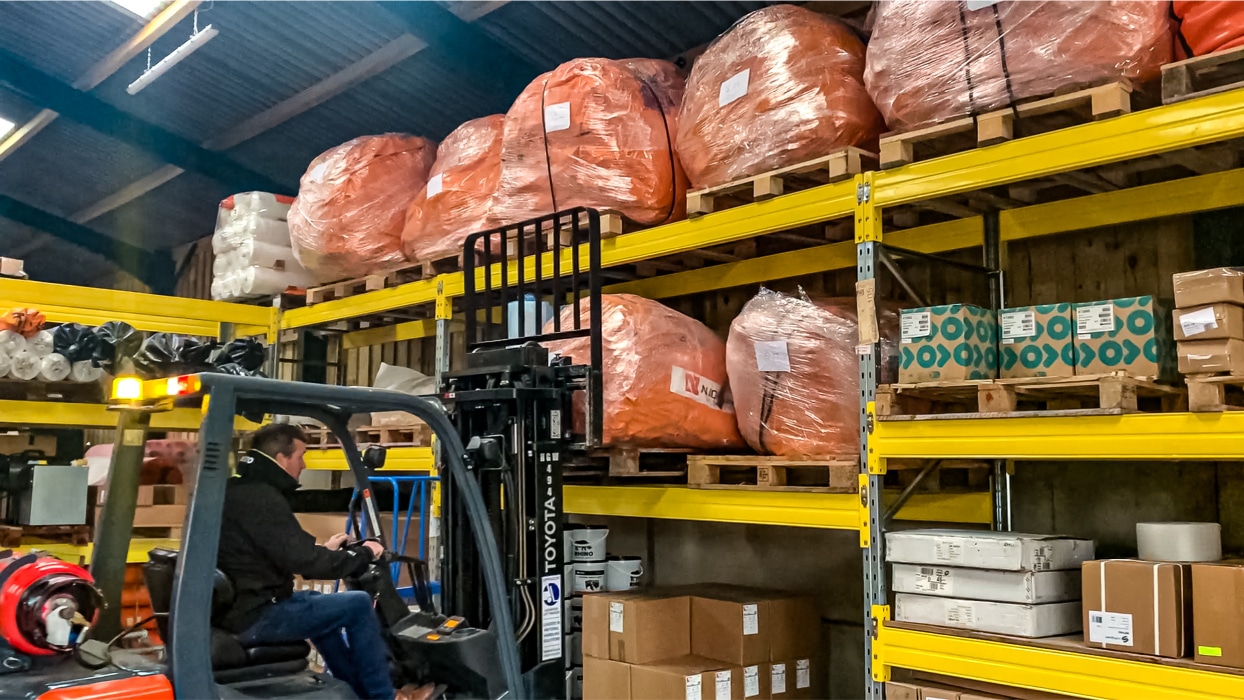Download Brochure
Fill in your details to receive an instant email with download links to our latest brochure. If you don’t receive the email within 2 mins, please check your spam folder.
Overview
Njordair Inflatable buildings are used for a diverse range of applications including construction tents, industrial work and storage tents, medical tents, military shelters and more. This article explores the 7 most important factors which affect the cost of an inflatable building.
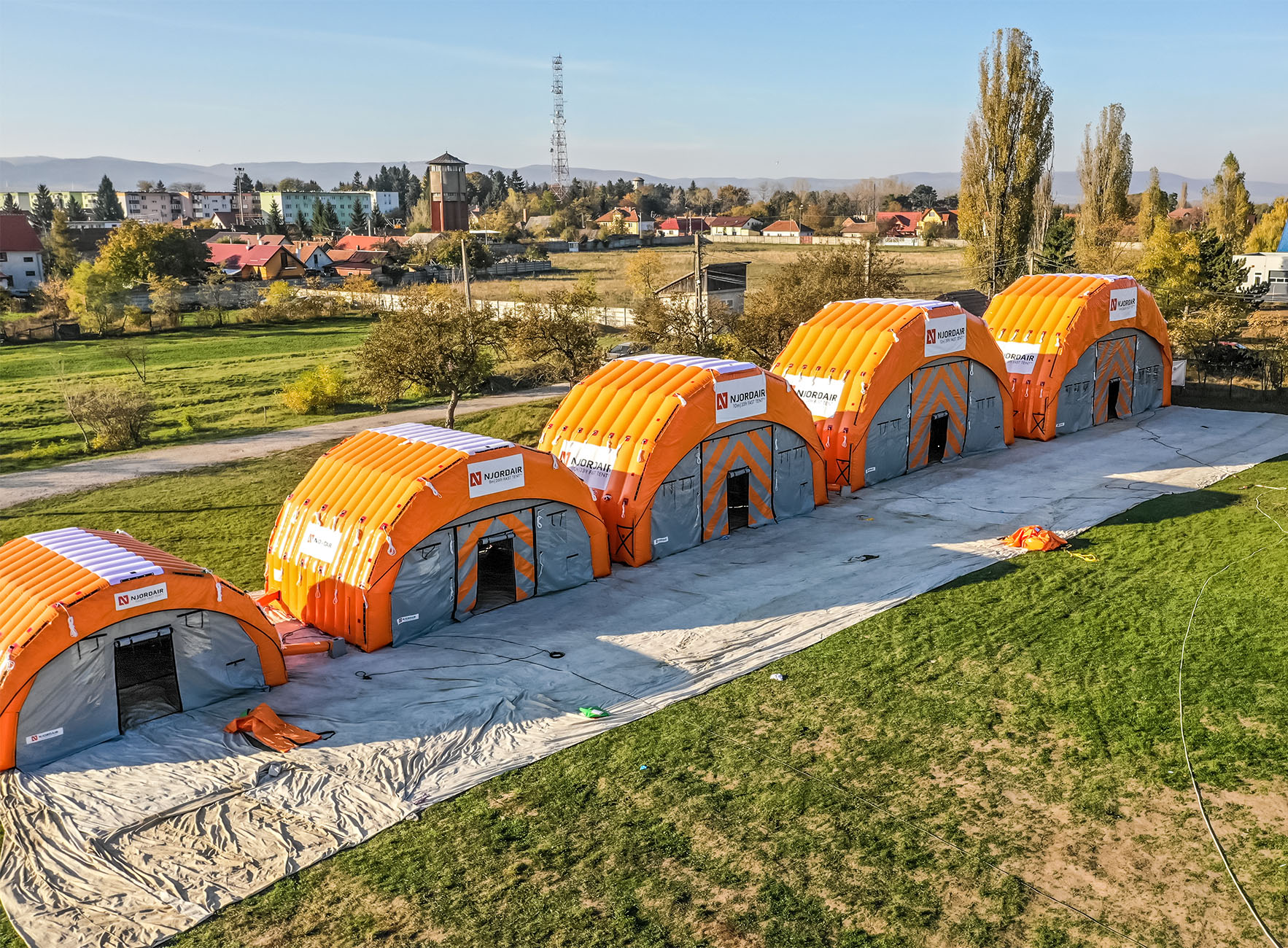
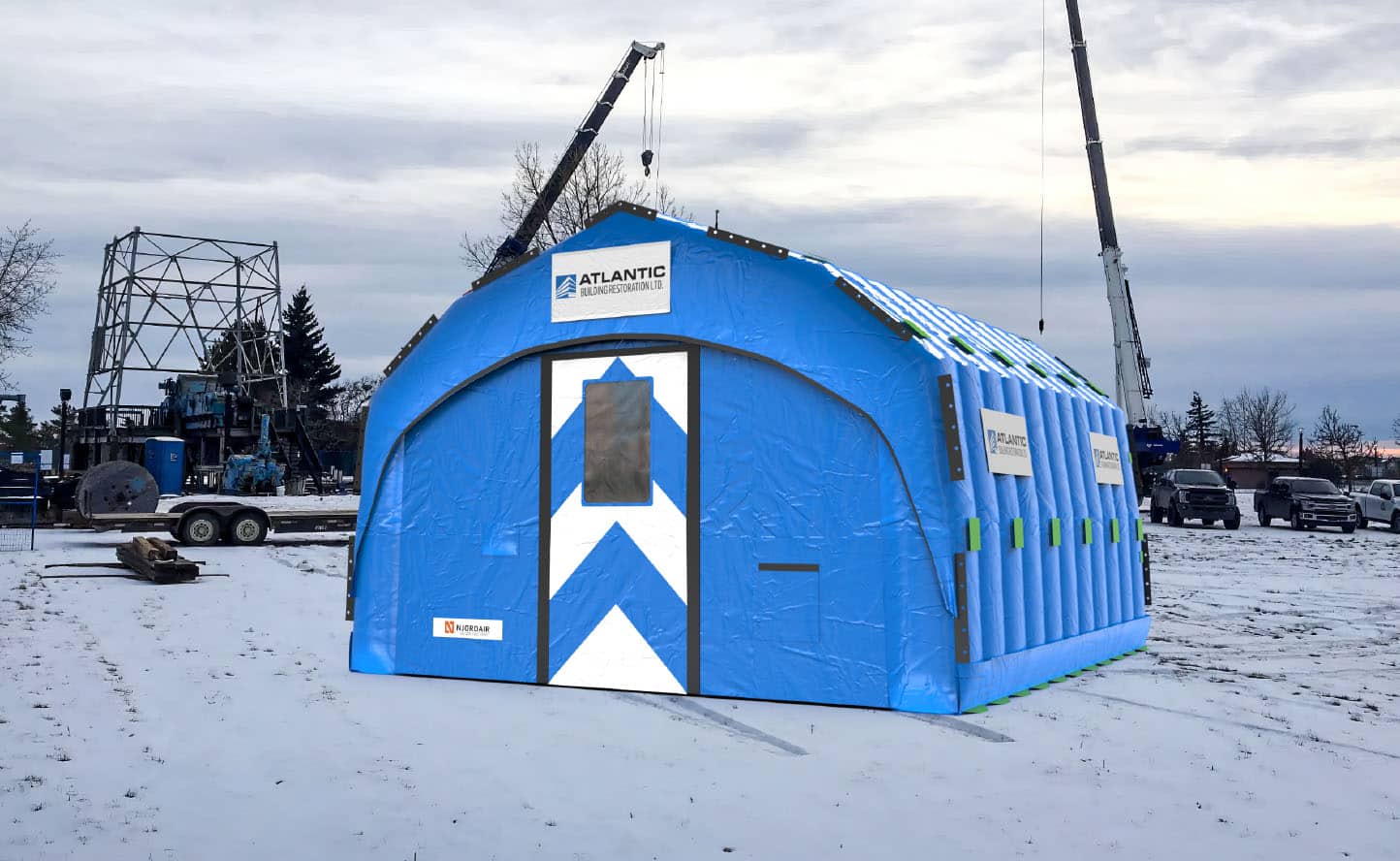
To get an accurate cost estimate for an inflatable building, complete a quotation request which will enable us to provide a customized quotation based on your specific requirements.
Material Type and
Quality
The choice of materials influences both the quality and cost of inflatable buildings. Lower quality materials may have an initial lower cost but may be prone to damage. High-quality, heavy weight and durable materials that withstand harsh weather conditions may have a higher cost but will contribute to the longevity and reliability of the inflatable structure.
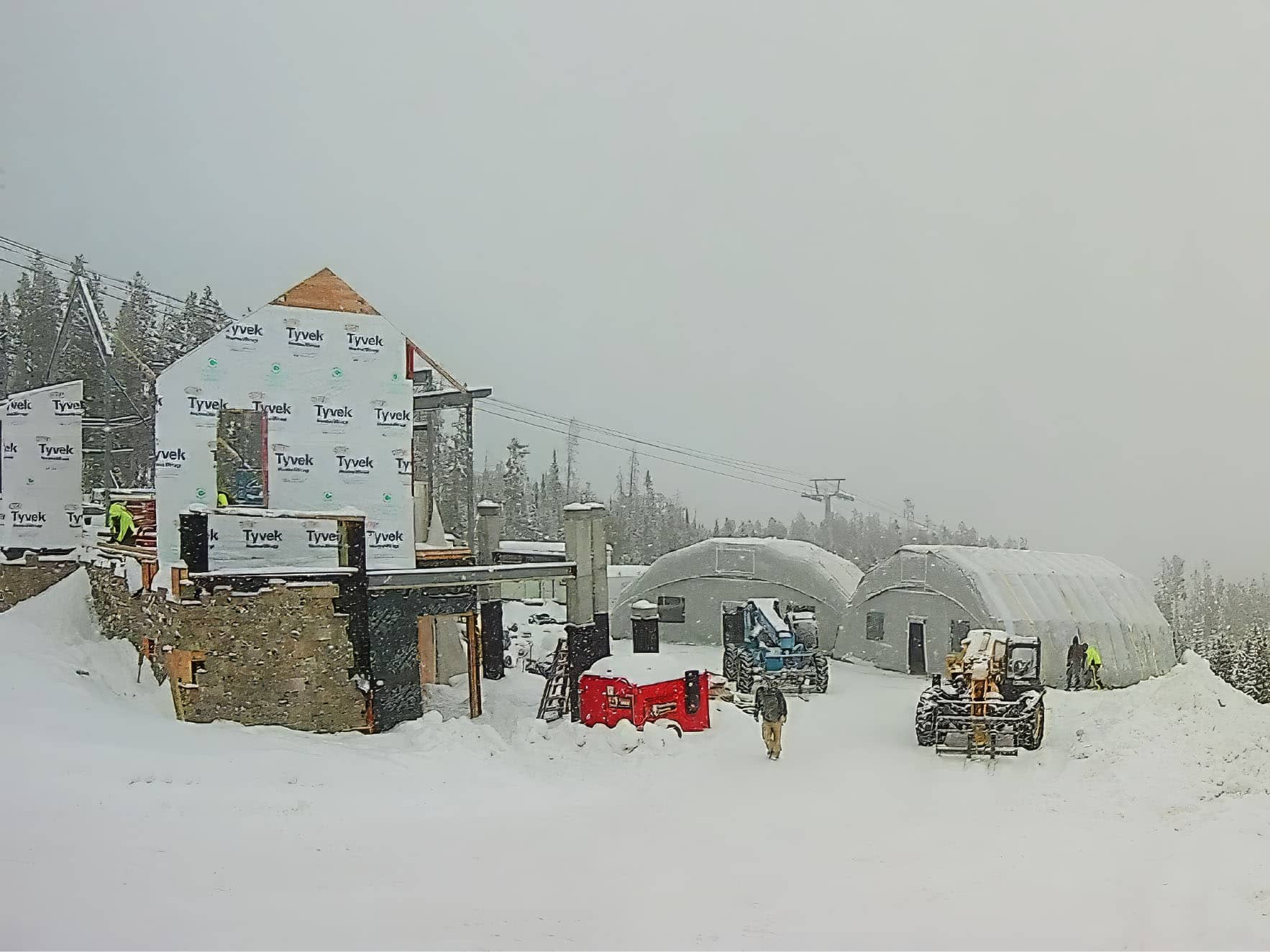
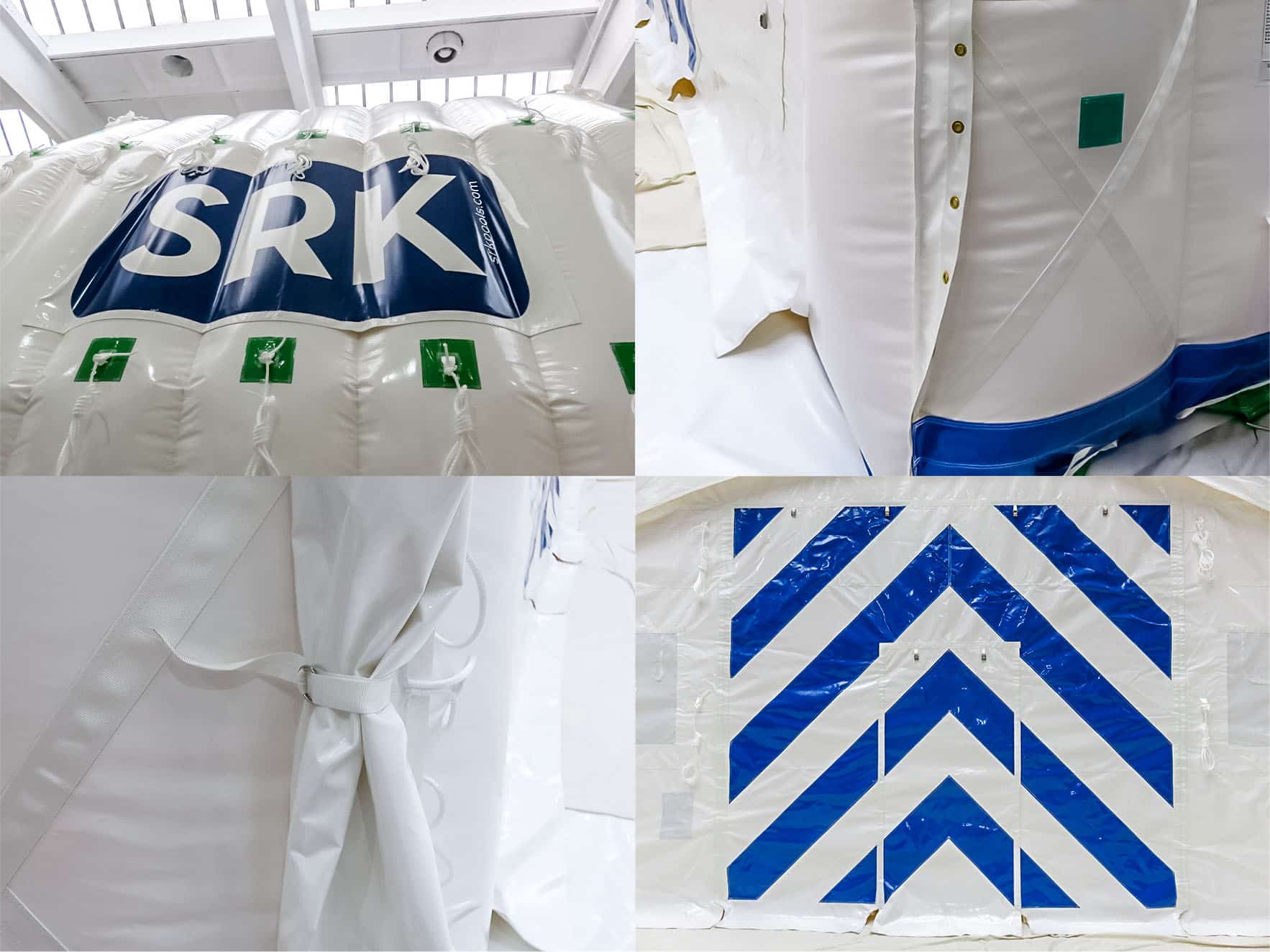
All of our inflatable structures are manufactured from high commercial grade PVC coated flame retardant material. Our sewn inflatables are quadruple stitched with high quality UV stabilised thread to ensure superior strength. The result is a range of products built to a standard high enough for government, military & emergency services use.
Type of inflatable structure: Constant airflow ‘v’ Sealed
Sometimes referred to as an ‘air cell’ structure, Njordair constant airflow (CA-range) inflatable buildings are built by stitching two layers of interconnected PVC membrane. The gap between the layers is pressurised with air to create a double skin building. A constant flow of air is supplied by an external blower to maintain structural integrity.
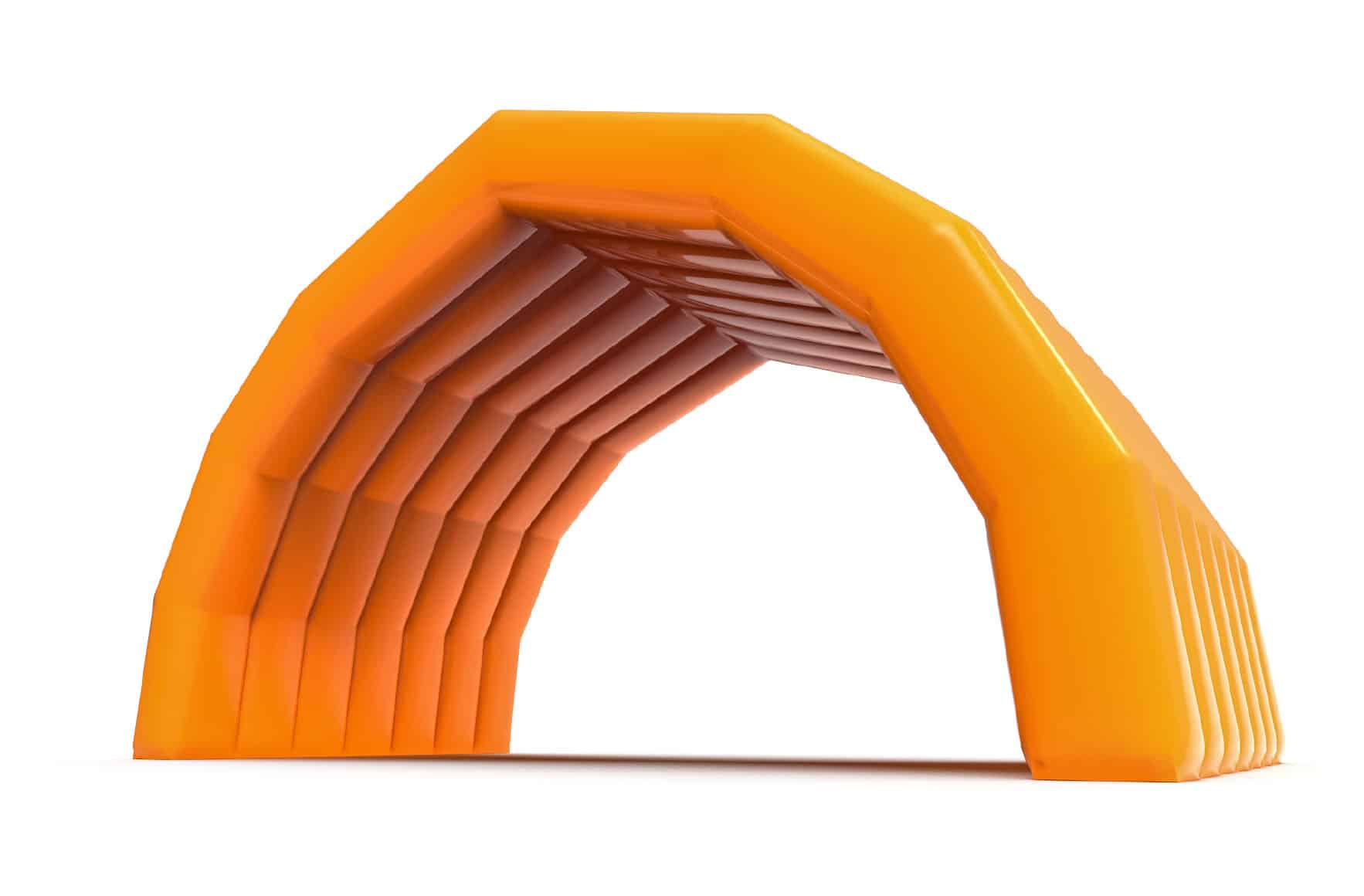
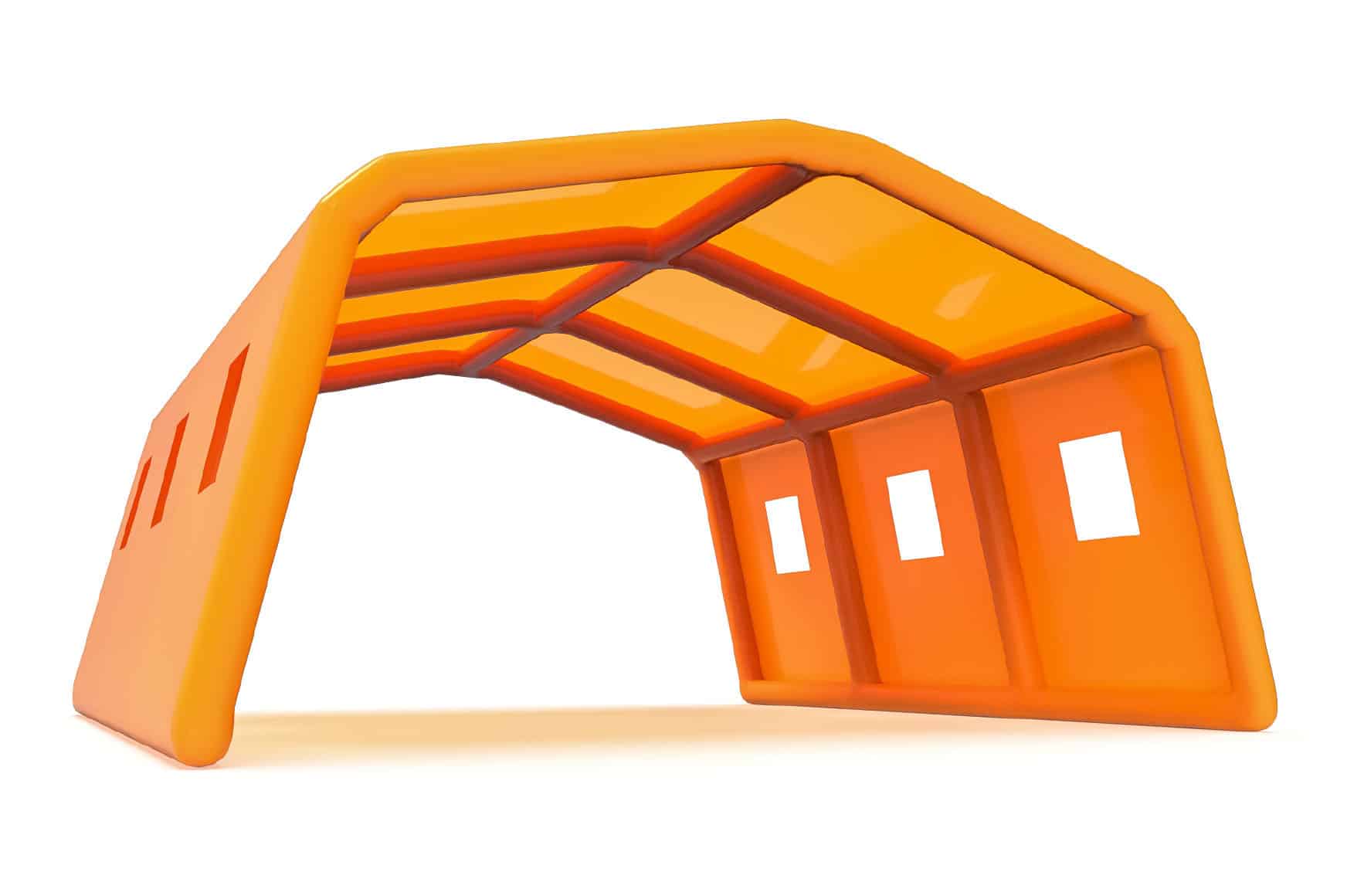
Njordair sealed air (SA-range) inflatable buildings, sometimes known as ‘airtight’ buildings are built by heat welding air inflated tubes to create arches and beams which support a single layer PVC skin. One the tubes reach the correct pressure, the external blower switches off.
The material used for the high pressure frame is much thicker than a constant airflow building and it is joined together using a high frequency or hot air welding which creates a strong bond without stitching. However, the welding process is much slower than sewing. This means a sealed air Fast tent will typically be two or three times the cost of a constant air tent.
Inflatable Building Size
The size of the inflatable building is a significant cost determinant. Larger inflatable buildings require more materials and labour to manufacture and often more complex designs, impacting the overall cost. Our smallest work tent is the SA-2, which is just 2m (6’) wide. Our largest work tent is the CA-16, which is 16m (52’) wide! Multiple unit orders may lead to volume discounts, potentially reducing the cost per unit.
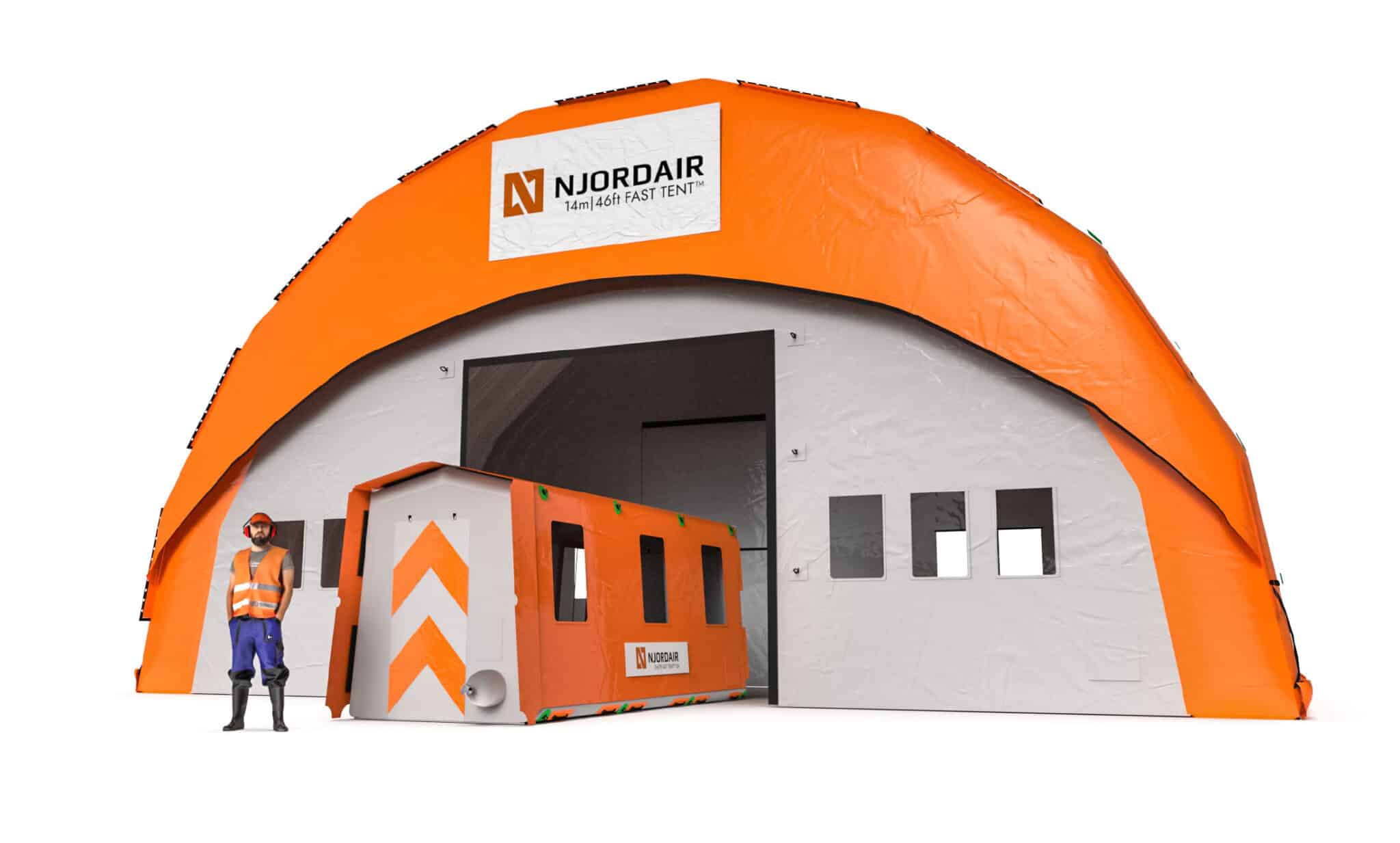
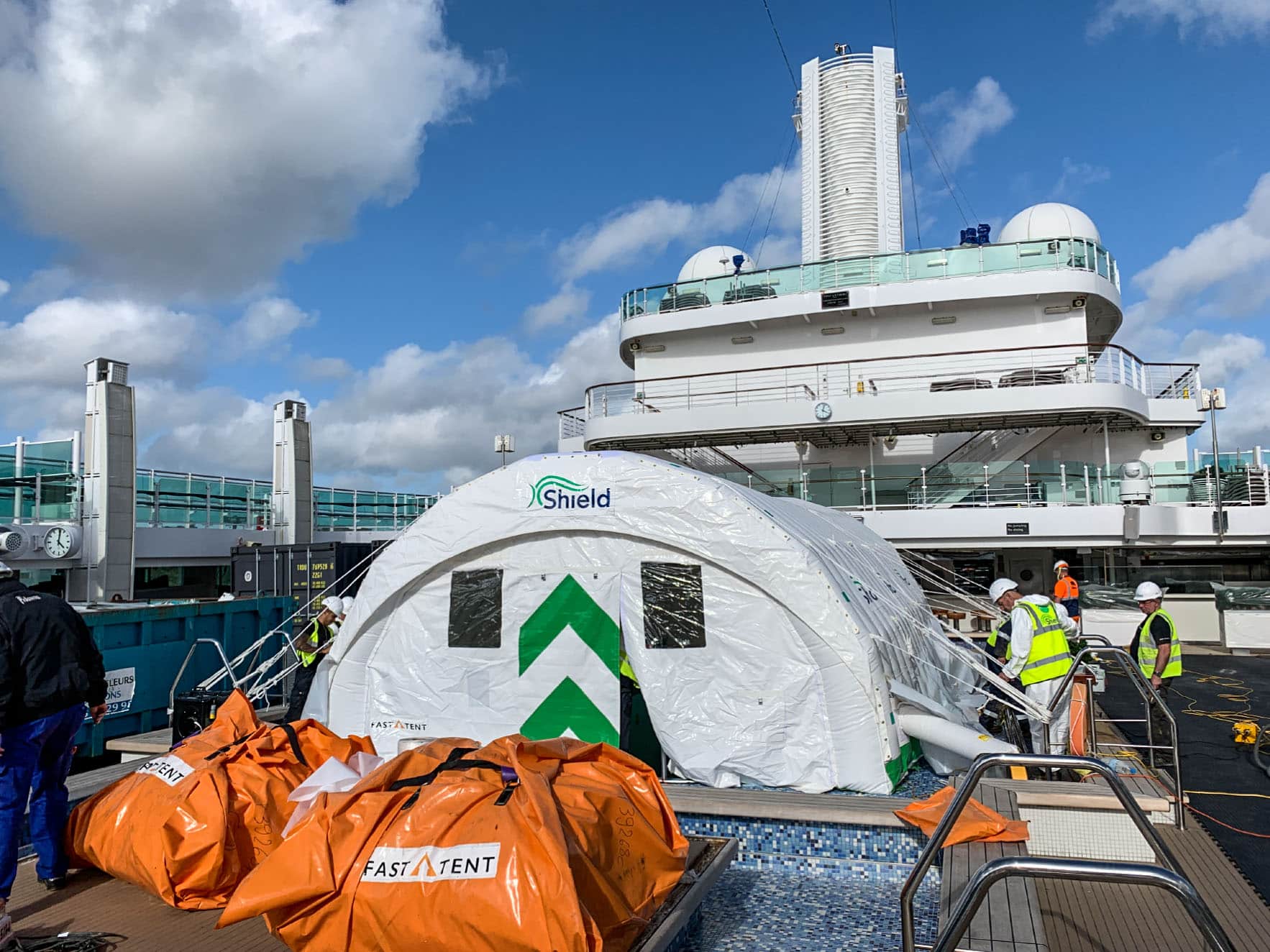
Design Complexity
The complexity of an inflatable building design, including features such as unique shapes, customisations, or intricate details, can increase the cost of manufacturing the inflatable building. A typical constant airflow tent module is made up from approx. 300 individual panels plus thousands of individual components which must be assembled at the factory.
Accessories
All Fast Tents are supplied as a ‘turn key’ solution and come ‘ready to go’ complete with ground anchor stakes, a blower and repair kit. However, buildings designed for specialised technical applications such as medical tents and military shelters will require additional features, materials, and technology. Additional features like integrated lighting, ventilation systems, HVAC (heating, ventilation, and air conditioning) and flooring contribute to the overall cost.
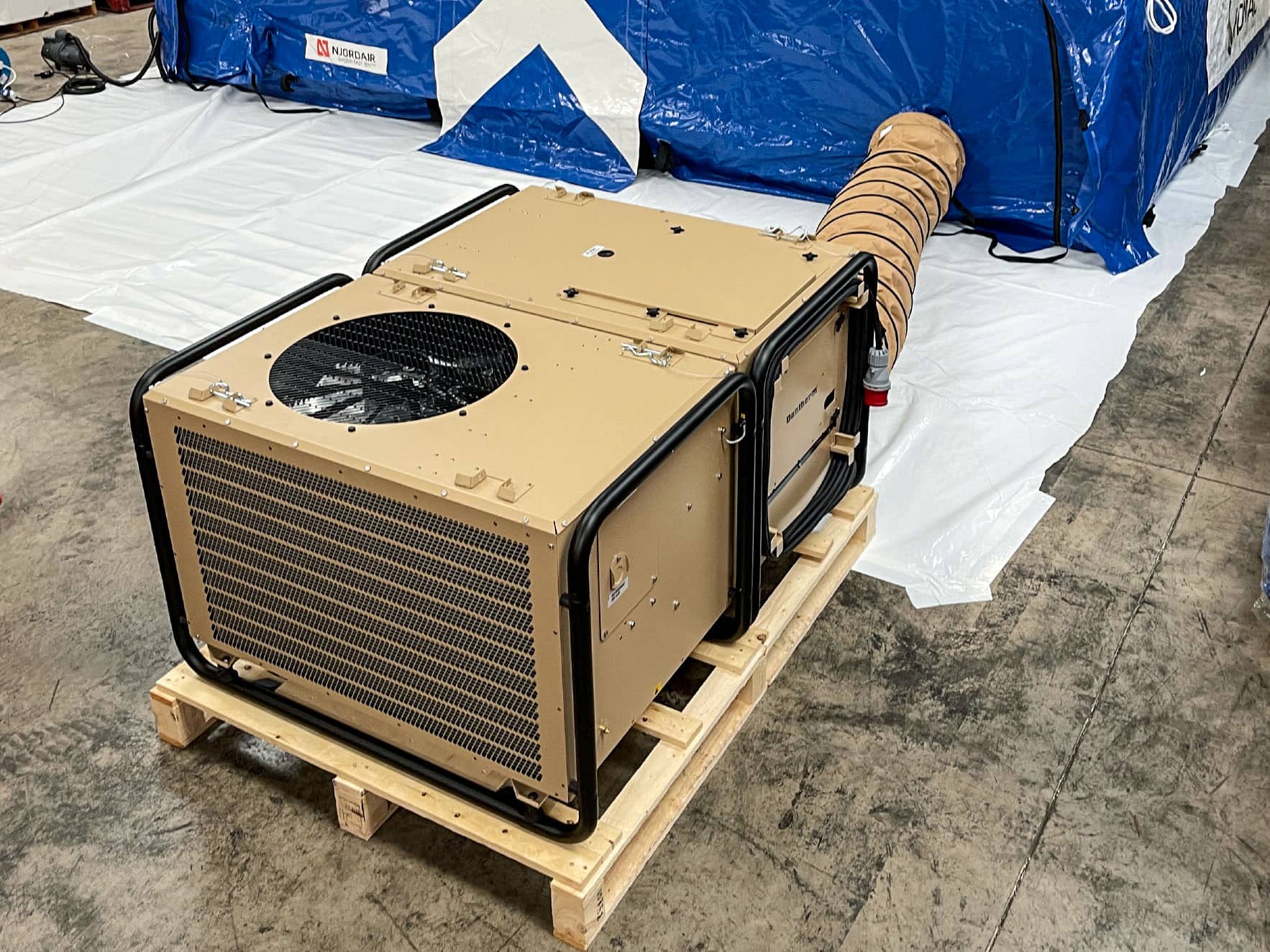
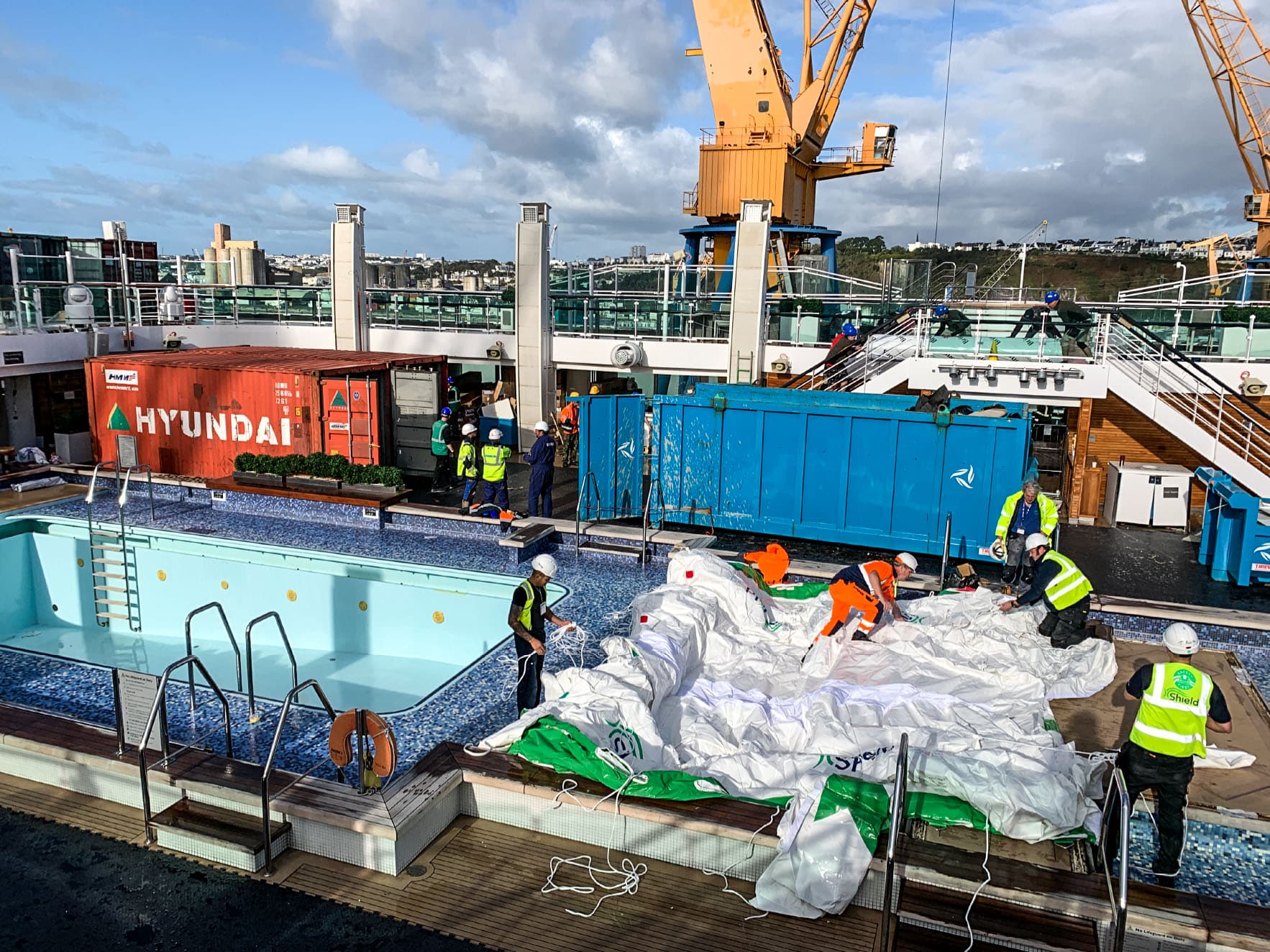
Initial Installation
and Training
Using a Fast Tent, means no loose parts or components to assemble, resulting in an easy set up and installation process, even for novices. Operation manuals, instructional videos, and remote assistance is included as standard but for added reassurance, our experienced technicians can be dispatched to deliver on-site, hands-on installation and training services, guaranteeing peace of mind. This can impact the overall cost, but it ensures proper setup and use of the inflatable building.
Shipping
The cost of shipping and installation should be considered when budgeting for an inflatable building, especially if it needs to be transported over long distances or installed in remote locations. With our manufacturing facility is in Europe and stocking distribution partners in USA and Canada, wherever you are in the world, we can ship a Fast Tent to you via road, sea or air. We generate all export paperwork, (typically a commercial invoice and packing list), bills of lading (sea freight) and airway bills (air freight). If you are unfamiliar with importing goods, our logistics partners can arrange a shipping agent local to you to provide assistance.
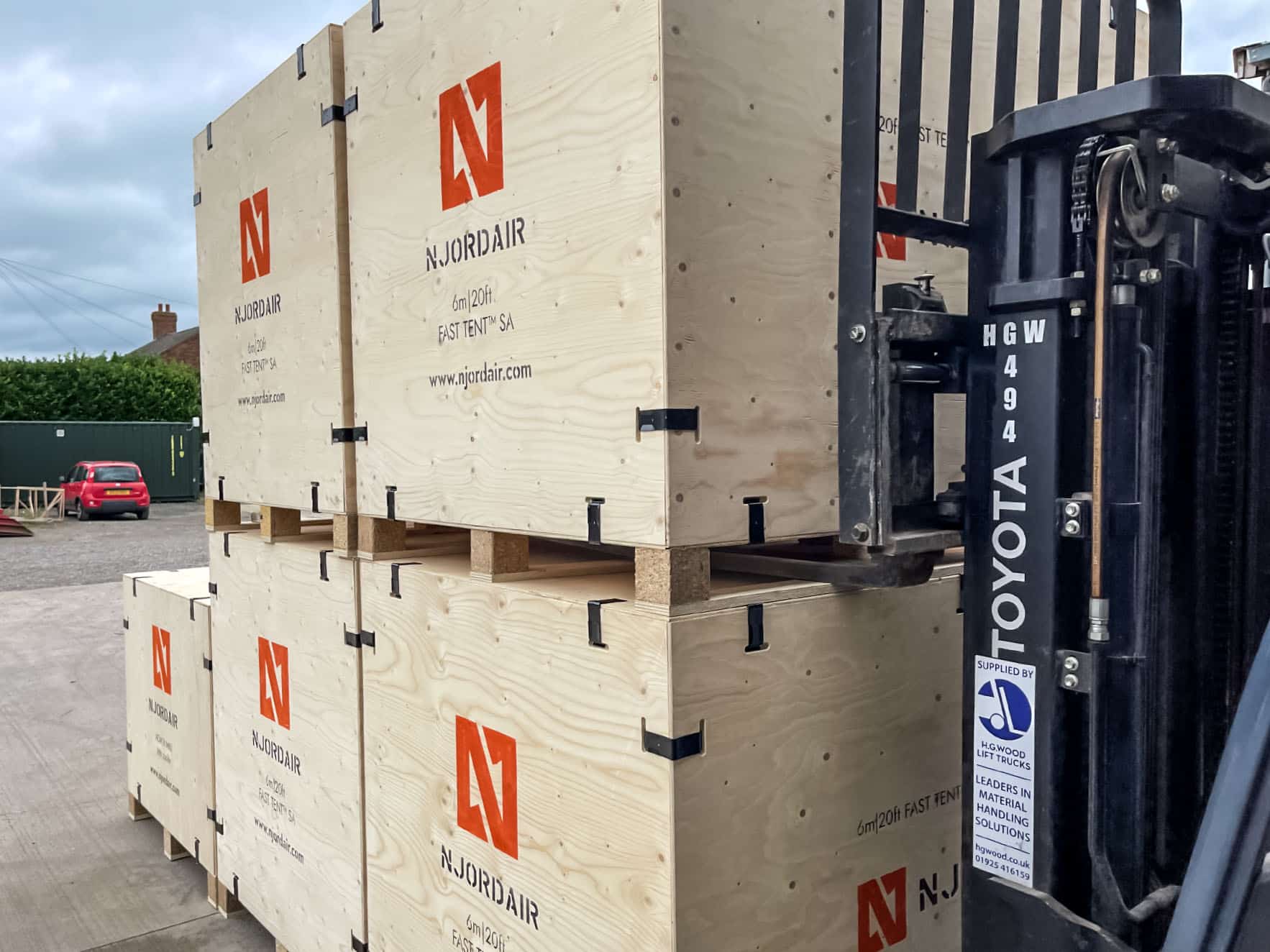
Summary
As we have seen, the cost of an inflatable building depends on many factors such as the materials used, the size and type of inflatable building, the complexity of design and any accessories required. Finally, the cost of an inflatable building will be affected by how your building is shipped to you and if you choose to have on-site training and support.
Our work tents start at around £5000 / $6500 for a constant airflow Fast Tent model, however the largest sealed air models cost up to £30,000 / $40,000.
To get an accurate cost estimate for an inflatable building, complete a quotation request. Always keep in mind that while upfront costs are essential, the long-term value and durability of your inflatable building are equally crucial considerations. For peace of mind and assurance of quality, Njordair inflatable buildings are supplied with a 5 year warranty against defects in materials and workmanship.


